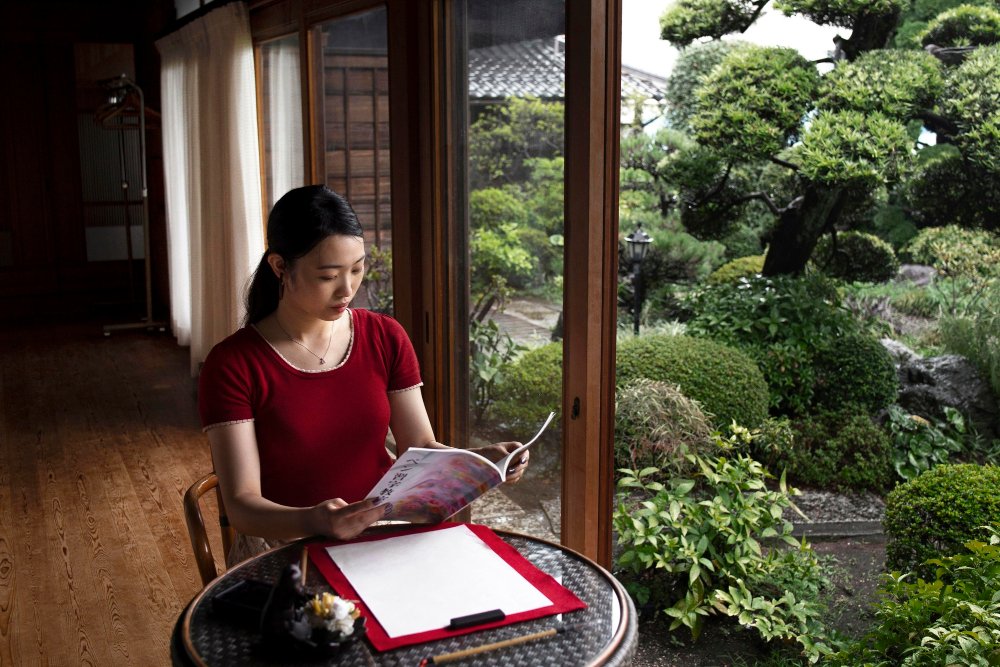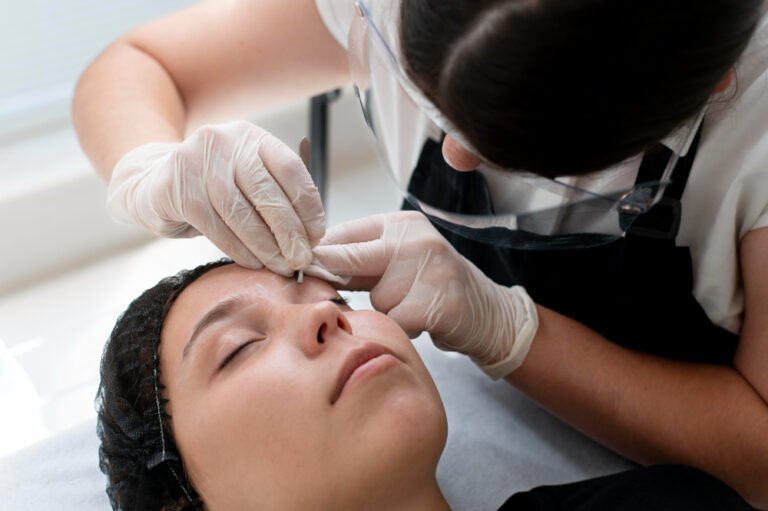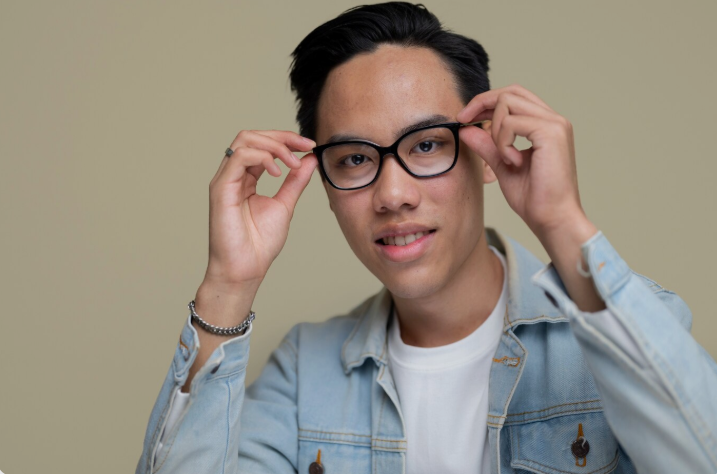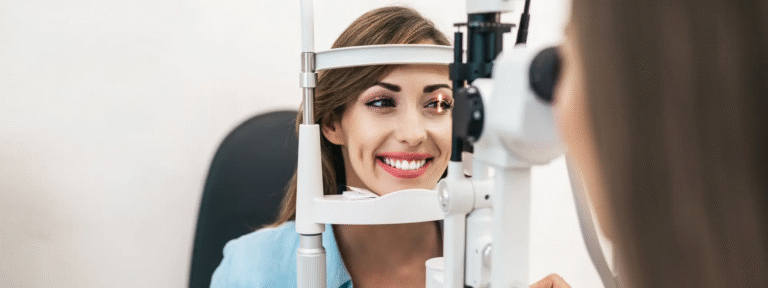Traveling to Korea for aesthetic treatments like Rejuran Healer can be exciting but also a bit overwhelming if it’s your first time. To help you prepare and make the most of your visit, here’s a comprehensive checklist covering everything you need to know—from booking to aftercare—so you can enjoy a smooth, safe, and effective treatment experience.
1. Research & Choose a Trusted Clinic
- Look for clinics with good reviews and international patient services.
Many clinics in Seoul, Gangnam, and Apgujeong specialize in Rejuran Healer and welcome foreign patients with English-speaking staff. - Verify certifications and licensing.
Confirm that the clinic and doctors are certified by Korean medical authorities for aesthetic procedures. - Check clinic’s international consultation options.
Some offer online consultations before your trip, helping you prepare and plan.
2. Book Your Appointment in Advance
- Schedule at least 1-2 months before your trip if possible, to secure your preferred date and time.
- Coordinate with your travel plans so the treatment aligns well with your sightseeing and recovery time.
3. Prepare for Your Consultation
- Gather your medical history, including allergies, skin sensitivities, and previous treatments or injectables.
- Prepare to discuss your skin concerns and goals with the doctor.
- Ask about the number of sessions needed, costs, and expected results.
4. What Happens During the Rejuran Healer Treatment?
- Arrival & Check-in: The clinic staff will guide you through registration and pre-treatment briefing.
- Skin Evaluation: Doctors will closely assess your skin condition and recommend a treatment plan.
- Numbing: A topical anesthetic cream is applied to minimize discomfort.
- Injection: Rejuran Healer is injected using a fine needle or mesotherapy device into the skin’s superficial dermis.
- Duration: The procedure typically takes 30–60 minutes depending on treatment areas.
- Post-Treatment Care Instructions: You’ll receive guidelines on skincare and activities to avoid.
5. Post-Treatment Expectations
- Immediate mild redness, swelling, or tiny bumps at injection sites are common and typically subside within 1–2 days.
- Avoid heavy makeup, saunas, alcohol, and excessive sun exposure for at least 48 hours.
- Use gentle skincare products recommended by your doctor.
- Stay well-hydrated and apply sunscreen regularly.
6. Recovery & Results Timeline
- Initial improvements in skin hydration and texture can appear within 1–2 weeks.
- Full collagen regeneration effects generally develop over 4–6 weeks.
- Most patients opt for 2–3 sessions spaced 3–4 weeks apart for optimal results.
7. Planning Your Trip Around Treatment
- Schedule your Rejuran treatment early in your trip to allow healing time before you return home.
- Choose accommodation close to your clinic for easy follow-up visits.
- Plan sightseeing around low-intensity activities for the first 1–2 days post-treatment.
- Avoid strenuous exercise or exposure to extreme heat during recovery.
8. Additional Tips for International Tourists
- Confirm if the clinic offers multilingual support or patient coordinators.
- Check if your travel insurance covers medical aesthetic treatments or consider buying supplemental coverage.
- Bring your own aftercare skincare or purchase recommended products at the clinic.
- Keep your clinic’s contact info handy for any post-treatment questions or emergencies.
9. Common FAQs for Tourists Booking Rejuran Healer in Korea
| Question | Answer |
|---|---|
| Is Rejuran safe for all skin types? | Yes, it’s safe and suitable for sensitive and reactive skin. |
| How long do results last? | Results typically last 6–12 months depending on sessions. |
| Can I wear makeup after treatment? | Avoid makeup for at least 24 hours post-treatment. |
| Are there any side effects? | Mild redness and swelling are normal; serious side effects are rare. |
10. Enjoy Your Rejuvenated Skin & Korean Experience
After following your doctor’s advice, you’ll enjoy:
- Smoother, firmer, and more radiant skin
- Improved skin tone and texture
- Confidence to explore Korea’s beauty and culture with glowing skin
✈️ Final Checklist Before You Fly
- Confirm your clinic appointments and transportation options.
- Pack gentle skincare and sun protection.
- Keep communication lines open with your clinic for quick support.
- Plan some downtime post-treatment for optimal recovery.




